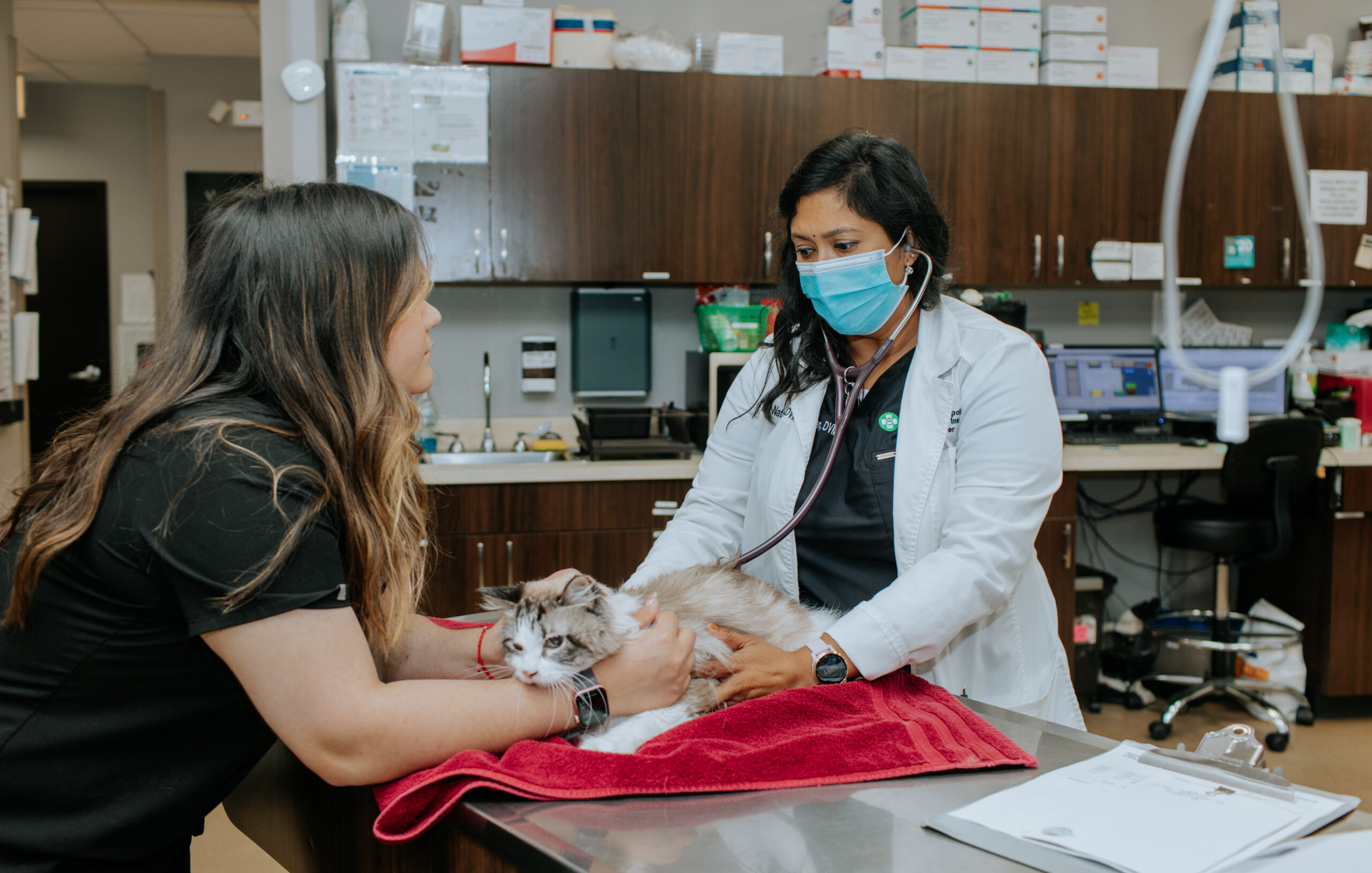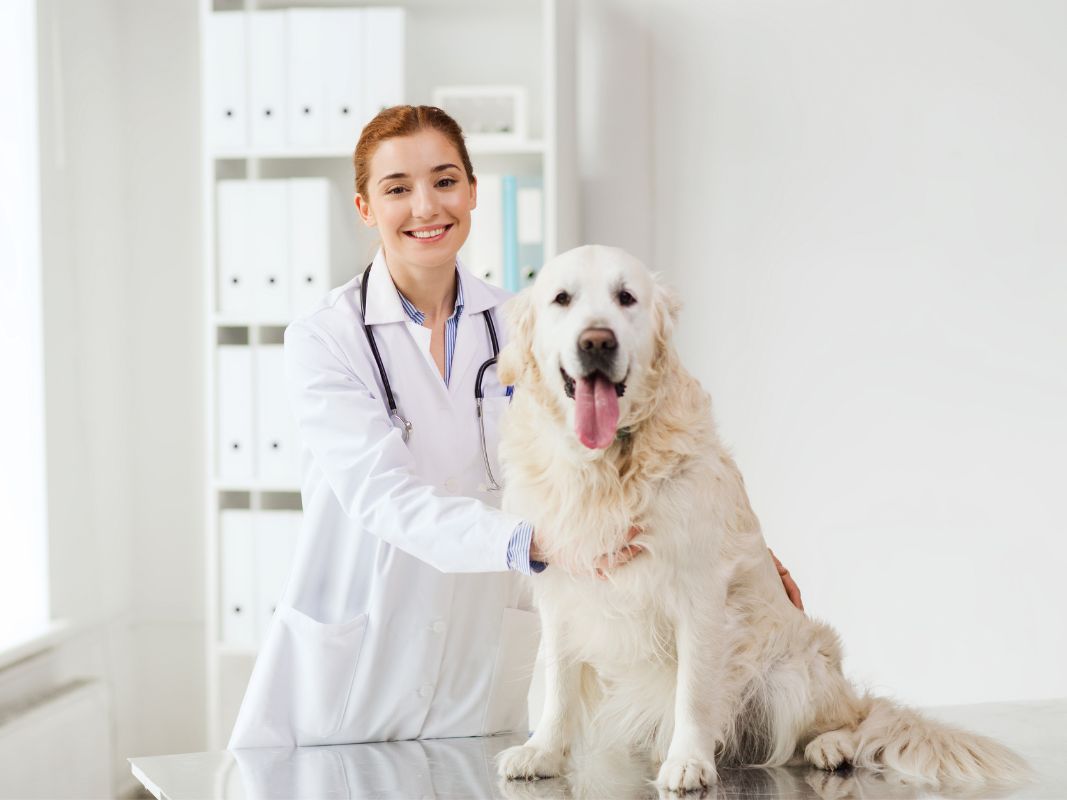All Concerning Veterinarian Surgical Treatment: Understanding the Value of Specialist Take Care Of Your Pet dogs
Veterinary surgery is a vital component of animal medical care. It includes different procedures, from routine elective surgical treatments to immediate treatments. Understanding the intricacies of these surgical treatments can aid family pet proprietors make notified decisions. The preparation, implementation, and recuperation stages are crucial for guaranteeing the well-being of animals. With proper expertise, owners can browse the intricacies of vet treatment. What elements should be considered before a family pet goes through surgery?
Kinds Of Veterinarian Surgeries
When a pet dog calls for surgical intervention, recognizing the numerous kinds of veterinarian surgical procedures can help animal proprietors make notified decisions. Veterinary surgeries can be generally categorized into three main types: optional, immediate, and emergency situation surgeries. Elective surgical treatments, such as spaying or neutering, are planned procedures that are not immediately lethal. Urgent surgical treatments, like those for foreign body removal, should be done soon yet are not life-threatening in the minute. Emergency situation surgical procedures, such as those attending to serious trauma or internal blood loss, are crucial and require instant attention.Additionally, surgeries can differ in intricacy, ranging from minimally invasive laparoscopic procedures to more substantial open surgeries. Each sort of surgical procedure carries its own dangers and healing processes. Understanding these categories enables pet dog proprietors to take part in purposeful discussions with veterinarians, bring about much better outcomes for their precious pet dogs.
Preparing for Your Pet's Surgery
Getting ready for a family pet's surgical treatment entails a comprehensive checklist to guarantee all fundamentals are covered. Effective communication with the vet is important for recognizing the procedure and any kind of necessary pre-operative actions - animal emergency care bellingham. Additionally, having clear post-operative care guidelines will aid proprietors provide the very best assistance for their recovering pet dogs
Pre-Surgery Checklist Essentials
Assuring a smooth medical experience for a pet dog needs mindful preparation and focus to information. A pre-surgery list is essential for animal owners to follow. Verifying the arranged surgical treatment day and time is vital. Owners should likewise confirm that their family pet has actually not eaten according to the vet's instructions, normally for 8-12 hours prior to surgery. Collecting needed clinical documents, including vaccination background, is essential for the veterinarian's testimonial. It is likewise recommended to prepare a comfy area in your home for the pet's healing after surgical procedure. Finally, owners must have a plan for transport to and from the veterinary clinic, seeing to it that the family pet is safe and secure and comfy throughout the journey. Adhering to these steps can greatly enhance the medical experience.
Communicating With Your Vet

Efficient communication with the vet is vital for an effective medical experience for family pets. Owners should be prepared to discuss their animal's case history, consisting of any pre-existing problems, drugs, and allergies. This information aids the veterinarian assess risks and tailor the medical plan as necessary. Additionally, pet dog owners should ask questions relating to the procedure, anesthesia, and expected end results to guarantee they completely understand the procedure. Clarifying any type of uncertainties can relieve stress and anxiety for both the family pet and the proprietor. It is additionally important to communicate any behavior adjustments or concerns observed in the pet leading up to the surgery. Inevitably, clear dialogue cultivates depend on and cooperation, making certain that pets receive the very best possible treatment during their surgical trip.
Post-Operative Treatment Directions
After going over the medical treatment with the vet, pet owners must concentrate on post-operative care directions to help with a smooth recuperation for their pet dogs. These guidelines normally include keeping track of the surgical website for indications of infection, such as inflammation or discharge. Family pets might require to be maintained calm and constrained to avoid excessive motion that might interrupt healing. Pain management is crucial, so owners need to follow the vet's assistance on administering medicines. Additionally, nutritional restrictions may be advised to prevent gastrointestinal distress. Routine follow-up consultations are necessary to ensure appropriate healing and resolve any worries. By sticking to these post-operative treatment instructions, animal owners can considerably add to their animal's recuperation and overall health.
The Surgery Explained
The surgical process for pet dogs encompasses essential actions that ensure their security and healing. Pre-surgery preparations are necessary for decreasing threats, while post-operative care guidelines play an important function in advertising healing. Understanding these components assists animal owners browse the surgical experience better.
Pre-Surgery Preparations
Before a pet undergoes surgery, a number of important preparations should occur to ensure a safe and effective procedure. A complete vet exam is crucial to analyze the family pet's total health and wellness and recognize any kind of possible threats. This might include blood examinations, imaging, or various other diagnostics. The veterinarian will additionally talk about anesthetic options tailored to the family pet's particular needs. In addition, animal owners are commonly advised to keep food and water for a specified time before surgical procedure to reduce the risk of complications during anesthetic. It is essential for proprietors to give a full case history, consisting of any medications or allergies, guaranteeing the medical group has all essential information. Correct interaction and adherence to pre-surgery standards can greatly boost the outcome of the treatment.
Post-Operative Treatment Guidelines
Correct post-operative care is crucial for making sure a pet's recovery following surgical treatment. After the procedure, pet dogs should be kept an eye on carefully for any signs of complications, such as excessive bleeding, swelling, or uncommon habits. It is necessary to adhere to the veterinarian's guidelines regarding medications, including painkiller and anti-biotics. Pets should be maintained in a silent, comfortable atmosphere to reduce tension and promote healing. Limiting activity is essential; short, leashed strolls might be essential, however jumping or running need to be prevented. Regular follow-up visits ought to be set up to analyze the healing procedure. Furthermore, the surgical website should be maintained clean and dry, with any indications of infection reported to a veterinarian promptly. Complying with these standards boosts healing outcomes.
Anesthetic and Pain Administration
Reliable anesthesia and discomfort management are essential components of veterinary surgical procedure, making certain that family pets continue to be comfortable and risk-free throughout the treatment. Veterinarians examine each animal's private needs, thinking about aspects such as age, weight, health and wellness standing, and the type of surgical treatment being performed.Anesthesia methods typically consist of a mix of pre-anesthetic medications, induction representatives, and inhalant anesthetics, enabling specific control over the animal's degree of consciousness. Monitoring throughout surgery is crucial; vets continuously observe crucial indicators to attend to any prospective complications promptly.Pain monitoring approaches may entail opioids, non-steroidal anti-inflammatory medications (NSAIDs), and anesthetics, customized to the family pet's particular scenario. This complex strategy assists reduce pain and advertises a smoother surgical experience. By focusing on efficient anesthesia and discomfort management, vet experts enhance the total welfare of pet dogs going through procedures, guaranteeing they receive the greatest requirement of treatment.
Post-Operative Care and Recovery
Following surgical procedure, the focus moves to post-operative treatment and recovery, which is necessary for making certain an animal's safe return to regular tasks. During this period, family pets call for a quiet, comfy atmosphere to aid healing. Proprietors need to carefully monitor their family pets for any type of indications of discomfort or unusual behavior.Veterinary guidelines often consist of specific instructions connected to drug management, wound treatment, and nutritional modifications. It is vital to comply with these recommendations to minimize complications and promote recovery. Animals may need to be restricted from energetic tasks, such as running or leaping, during their recuperation period (tplo surgery).Regular follow-up appointments with the vet enable tracking of the animal's progression and prompt modifications to the care strategy. Supplying emotional support and friendship can additionally improve a pet dog's healing experience, assisting to reduce stress and anxiety and anxiousness. Overall, thorough post-operative treatment plays a considerable role in accomplishing an effective healing
Identifying Complications After Surgery
Just how can pet dog owners determine complications after surgery? Recognition of particular signs is essential for making sure the well-being of pet dogs throughout healing. Common indications include too much swelling, soreness, or discharge at the surgical website, which may signify infection. Furthermore, relentless discomfort, suggested by whining or reluctance to relocate, must motivate immediate interest. Changes in appetite or water consumption can additionally suggest complications; a decline in these habits may indicate pain or distress.Moreover, family pet owners need to monitor their pet dogs for any kind of uncommon actions, such as sleepiness or problem breathing, as these can be indicators of major problems. Throwing up or looseness of the bowels following read more surgical treatment may call for immediate veterinary analysis. Recognizing these problems early can greatly impact a family pet's recuperation procedure, emphasizing the value of watchfulness and punctual communication with a vet for any type of concerning signs and symptoms.
The Role of Veterinary Professionals in Surgical Treatment
Veterinary specialists play a necessary role in making sure the safety and success of operations for pets, especially adhering to surgical treatment when keeping track of and treatment are vital. These specialists include veterinarians, vet professionals, and assistance staff, every one of whom contribute specialized skills to the medical process.Before surgery, veterinarians perform comprehensive evaluations to analyze the family pet's wellness, ensuring that any kind of hidden conditions are managed. Throughout the procedure, the surgical team provides anesthetic, preserves clean and sterile atmospheres, and checks key signs, all essential for decreasing risks.Post-operative care is just as substantial; veterinary specialists observe for problems, handle pain, and overview proprietors on recovery methods. Their expertise allows them to acknowledge early indications of distress or infection, guaranteeing timely treatment. Inevitably, the joint efforts of veterinary experts in medical treatment foster a risk-free environment, advertising the well-being of animals throughout the surgical trip.

Regularly Asked Questions
How Do I Select the Right Vet Cosmetic Surgeon for My Pet?
Picking the best vet doctor includes researching qualifications, reading testimonials, and reviewing the facility's environment. It is crucial to mirror on the doctor's experience with details procedures and their communication style when deciding.
What Are Usual Misconceptions Concerning Vet Surgeries?
Usual misunderstandings regarding veterinarian surgical treatments include ideas that they are constantly risky, unnecessary, or for emergencies. Many pet dog proprietors take too lightly the benefits of precautionary procedures and the skill involved in vet surgical care.
Exactly How Much Will My Family pet's Surgery Price?
The price of a pet dog's surgical procedure can differ substantially based on factors such as the sort of treatment, the vet's experience, and geographic place (emergency vet). Generally, expenditures vary from a few hundred to numerous thousand dollars

Can My Family Pet Eat Prior To Surgical Treatment?
Before surgical treatment, it is normally suggested that pets avoid eating for a particular duration. This fasting helps decrease the risk of issues throughout anesthesia. Proprietors should consult their veterinarian for specific guidelines tailored to their pet's needs.
What happens if My Pet Has Pre-Existing Health And Wellness Conditions?
When a pet has pre-existing health problems, it's vital for the veterinarian to analyze these elements prior to surgical treatment. This evaluation warranties proper preventative measures are taken, reducing threats and maximizing the pet's general safety during the treatment.
Comments on “How to Prepare Your Pet and Home for canine tplo surgery Recovery”